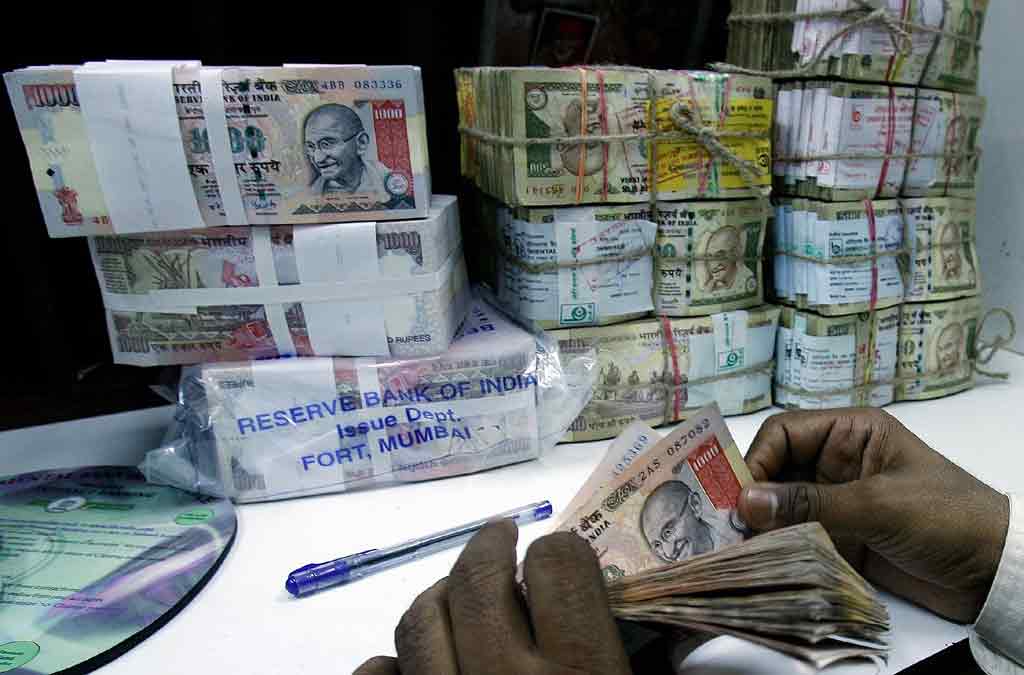India's August retail inflation rises to 3.21pc y/y
- India's retail inflation rate increased to 3.21% in August.
- India's industrial output rose 4.3% in July.
- The RBI's stance of turning more supportive of economic growth and worrying less about inflation

BENGALURU: India's retail inflation rate increased to 3.21% in August, as food prices across the country rose, the government said on Thursday, remaining below the central bank's 4% medium-term target for a thirteenth consecutive month.
Annual retail inflation in August was slightly higher compared with 3.15% in the previous month, and in line with analysts' forecasts.
Meanwhile, India's industrial output rose 4.3% in July from a year earlier, government data showed.
MADHAVI ARORA, LEAD ECONOMIST, EDELWEISS SECURITIES, FX AND RATES, MUMBAI
"CPI inflation rose less-than-expected in August, with lower sequential uptick in food components. The core inflation got back to the easing momentum and printed 4.11%. This largely affirms our view that the increase in core prices in July were more of an aberration than a trend as demand fragilities continue to weigh in.
We are in consonance with the RBI on near-term inflation dynamics and see headline inflation averaging 3.6% for FY20 (3.4% in FY19), with core moderating sharply to 4.2% (5.8% in FY19).
The current growth-inflation mix has been favourable for counter-cyclical monetary stance and with inflation likely to remain sub-4% in the foreseeable future, the MPC will likely focus on tackling weaker growth dynamics as wide output gap continues to persist.
We see scope for more easing, with terminal repo rate at least towards 5% in this easing cycle, admittedly contingent on data outcomes." SIDDHARTHA SANYAL, CHIEF ECONOMIST AND HEAD OF RESEARCH, BANDHAN BANK, KOLKATA
"There were significant weather-related disruptions in large parts of the country during the month, contributing to pressure on prices of perishable food such as vegetables. Despite those factors, the CPI remained low, which further reinforced our confidence that the broader momentum of inflation is staying anchored.
The RBI's stance of turning more supportive of economic growth and worrying less about inflation now gets further support. We think there is a strong case for more easing by the RBI, and very clearly, today's data supports that." RUPA REGE-NITSURE, GROUP CHIEF ECONOMIST, L&T FINANCE HOLDINGS, MUMBAI
"Both industrial production growth and headline CPI are consistent with their ongoing trends. While the capital goods and consumer durables sectors continue to contract, a definite uptick is seen in consumer non-durables. This shows some revival in rural demand, perhaps on the back of improving monsoon penetration.
While food prices have contributed to an uptick in CPI inflation, falling fuel prices and weak core inflation have capped the increase. On the balance, growth-inflation dynamics continue to show weakness in aggregate demand."
























Comments
Comments are closed.